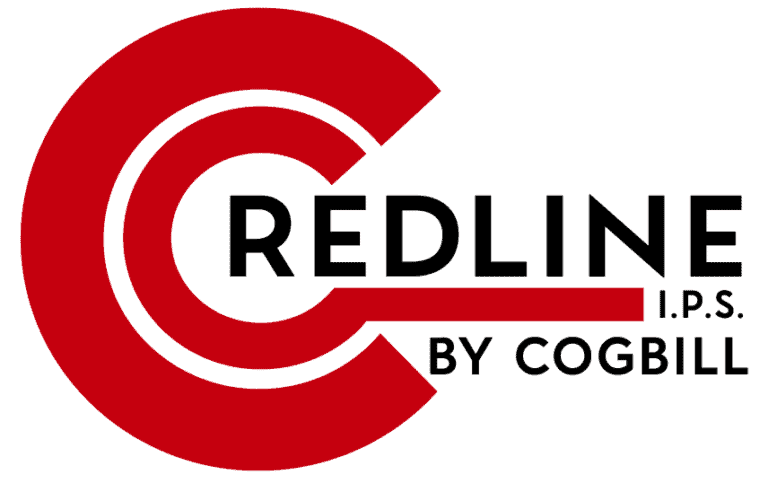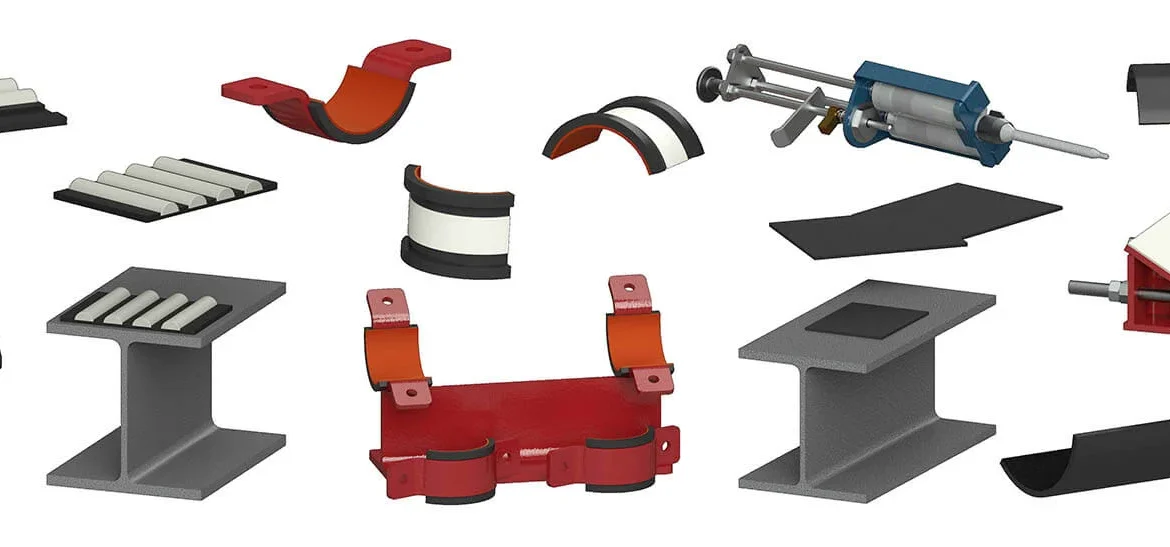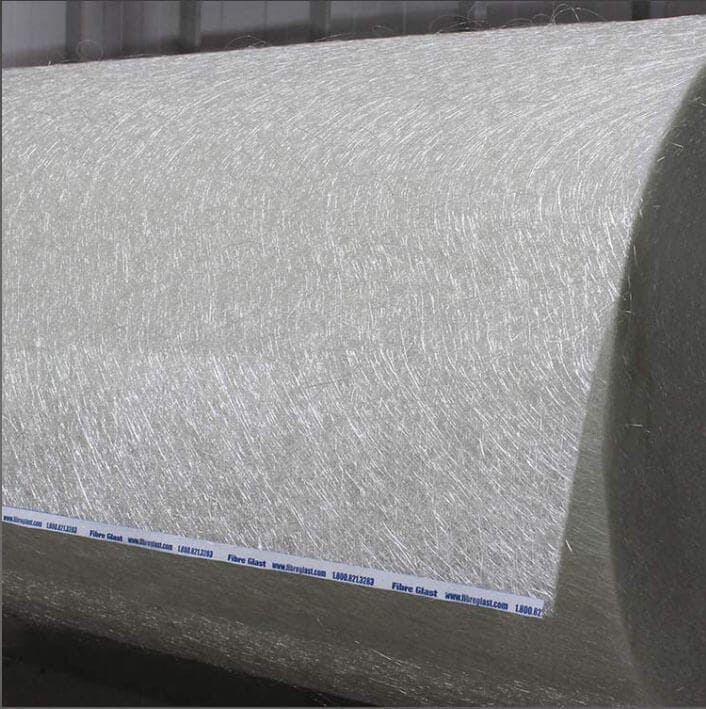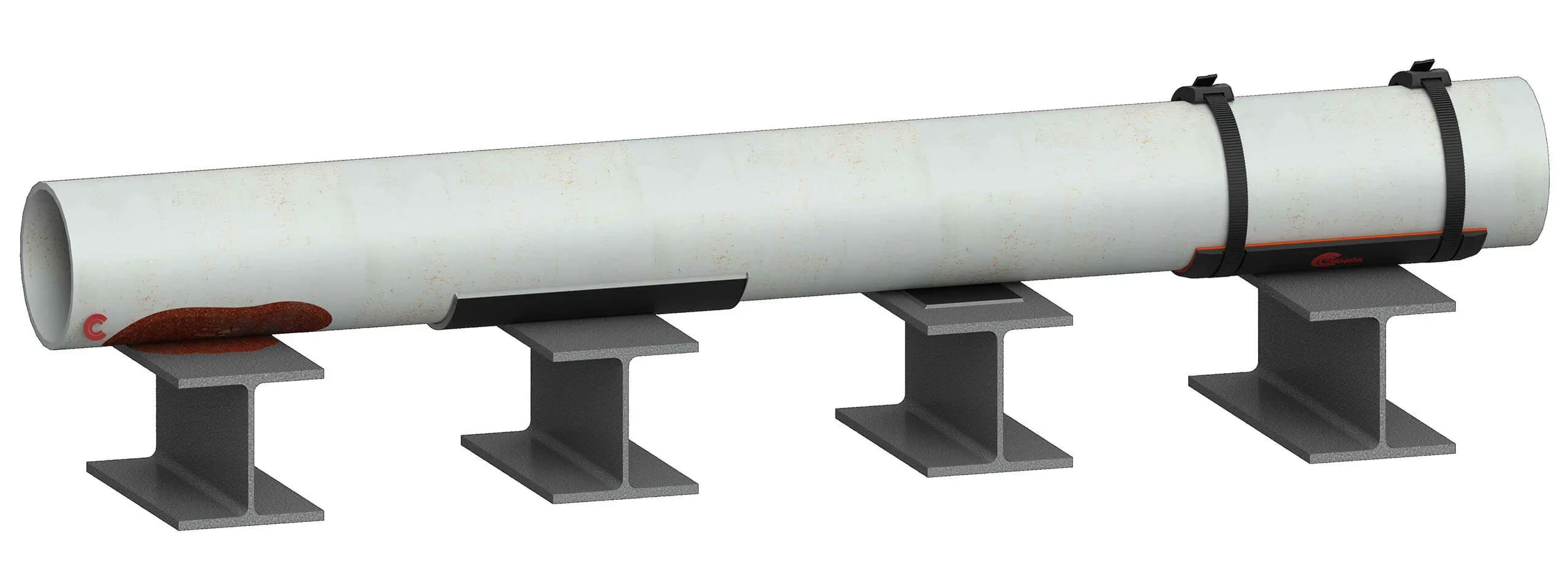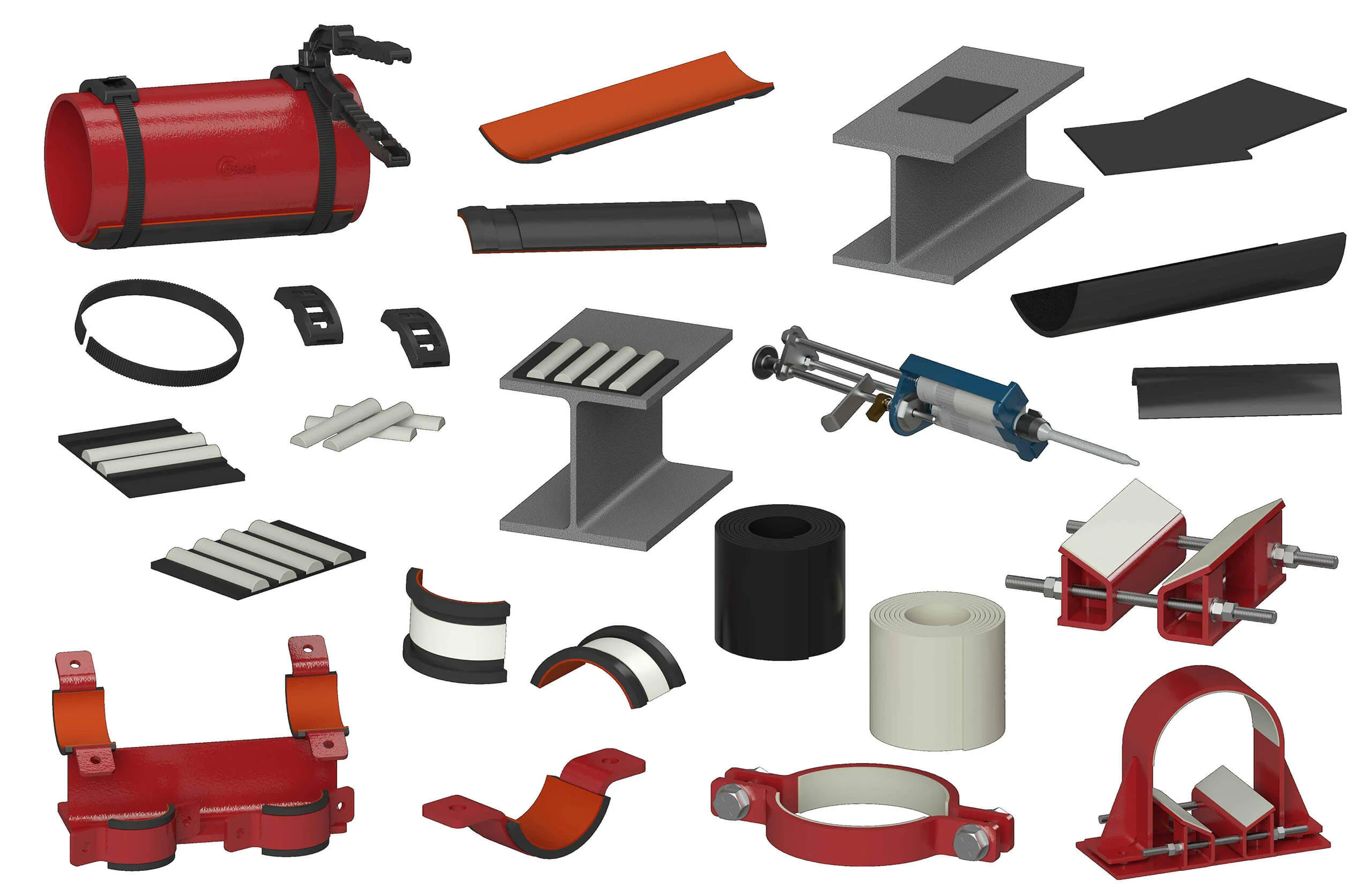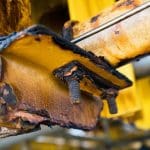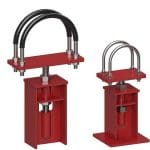What Makes FRP So Special?
FRP in Pipe Supports
- Corrosion Protection: One of the significant challenges in maintaining industrial piping systems is Corrosion Under Pipe Supports (CUPS). FRP pipe supports are immune to the corrosive effects of chemicals, saltwater, and other harsh environments. This resistance helps prevent CUPS, ensuring the longevity and safety of the piping systems.
- Vibration Dampening: Industrial environments often involve high levels of vibration from machinery like compressors and pumps. FRP pipe supports can be customized with vibration-dampening materials that absorb these vibrations, protecting the pipes from potential damage. An example of this are hold-down clamps or pipe supports lined with FRP liners or other types of isolation liners.
- Allowing Axial Movement: Thermal expansion and contraction are common in pipelines. FRP supports can be designed with slotted holes and PTFE to facilitate controlled axial movement, accommodating these thermal changes without compromising the system's stability.
- Customization and Flexibility: Every industrial setup has unique requirements. FRP supports can be tailored to meet specific load capacities, shapes, and sizes, ensuring a perfect fit and optimal performance in any installation.
The Versatility of FRP Beyond Pipe Supports
Furthermore, FRP’s design flexibility allows it to be molded into various shapes and sizes, making it suitable for architectural applications where both aesthetics and durability are crucial. The ability to manufacture FRP in different colors and finishes adds to its versatility, enabling its use in visible and decorative elements.
FRP in Preventing CUPS
Corrosion Under Pipe Supports (CUPS) is a prevalent issue in industrial piping systems, particularly in the petrochemical and oil & gas industries. This type of corrosion occurs at the points where pipes are supported, often going unnoticed until significant damage has occurred. FRP offers an effective solution to this problem due to its inherent resistance to corrosion.
FRP supports are designed to create a barrier between the pipe and its support, preventing the accumulation of moisture and corrosive agents. This barrier significantly reduces the risk of corrosion, extending the life of the piping system and reducing maintenance costs. Additionally, FRP’s ability to incorporate liners such as PTFE enhances this protective effect by further minimizing friction and wear at the support points.
Maintenance of FRP Structures
Regular maintenance involves:
- Inspection: Regularly inspecting FRP structures for signs of wear, damage, or chemical attack. Identifying issues early can prevent more significant problems later.
- Cleaning: Keeping FRP components clean to prevent the accumulation of harmful substances that might degrade their performance.
- Repair: Following manufacturer guidelines for any necessary repairs to maintain the structural integrity and performance of the FRP components.
Environmental Benefits of Using FRP
- Longevity and Durability: FRP’s long lifespan reduces the frequency of replacements, leading to less material waste over time.
- Corrosion Resistance: By preventing corrosion, FRP helps avoid environmental contamination that can result from leaking pipelines.
- Energy Efficiency: The lightweight nature of FRP reduces transportation and installation energy costs compared to heavier materials like steel.
For more information on FRP and its uses as pipe supports, email us.
